
Slow to write this down, but I think it is worth a short report.
The Revolution: Russian Art 1917–1932 show at the Royal Academy is very well put together and includes ceramics, print, film, photography and textiles as well as painting. It covers the style of art that first started to appear during the turmoil of the Bolshevik coup, and the early years of the revolution. Much propaganda of course, but also some real, "pure" art that passed by the watchful government eye unmolested. At least for a time.
A lot of artists here were new to me. The most famous one I knew being Kazimir Malevich, an abstract artist well known for his stark, geometric and flat coloured objects. Other unfamiliar artists I liked included Isaak Brodsky, a much more traditional painter, and Kuzma Petrov-Vodkin. Petrov-Vodkin had a whole room devoted to his work, the first time so much has been seen outside Russia. He started off painting religious icons and there is a vague hint of this in later work: a brightness of colour, and magical undertone. Very interesting artist.
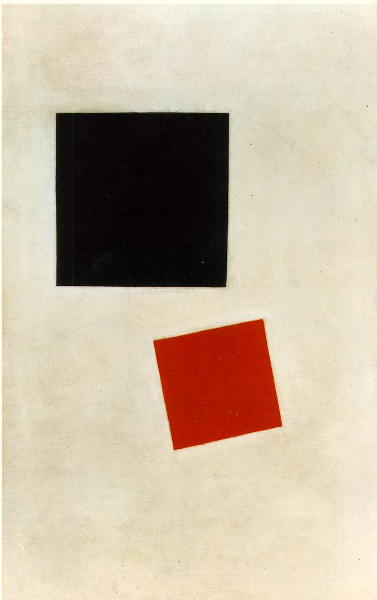
Kasimir Malevich - Black Square and Red Square, 1915.
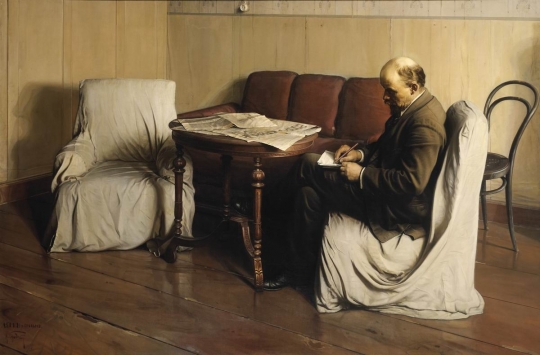
Isaak Brodsky – V. I. Lenin in Smolny, 1930
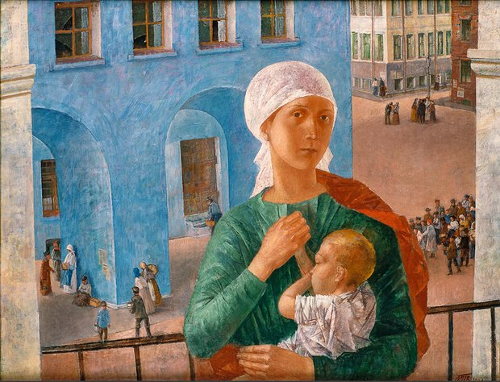
Kuzma Petrov-Vodkin - Petrograd Madonna, 1920
There were lots of bad times over the course of the years here: war, famine and genocide. At the end of the show is a small memorial film of some of the victims of the terror: mugshots taken before their murder or deportation to the gulag. Like everyone else, artists were not free to express themselves in the Soviet Union and the initial flowering of creativity eventually dried up, like much else.
The RA have put on an excellent exhibition however.
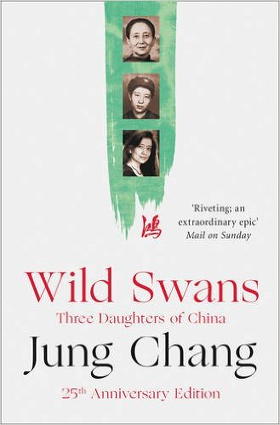
Wild Swans
By Jung Chang
Score: 4/5
In Wild Swans, Jung Chang tells the story of her family over the course of the 20th Century in China. This was a century of massive change and calamity in the Middle Kingdom: from "warlordism", to civil war, the cruelty and corruption of the Kuomintang and then the victory of the Communists under Mao. At first a lot of idealism as the Communists took over: stability returned, some prosperity. But over a short time things changed greatly for the worse again.
The book is a moving and fascinating account of China and the Chinese people and culture, and Ms Chang's love of the country and its history shines through, whatever the appalling hardships and cruelty she describes. Her youthful adoration of Chairman Mao slowly turns to anger and shock at the realisation of his central and personal role in the destruction of the country: its people, material and spirit.
Perhaps the saddest part of the book is about her father, a communist "true believer" in the ideals the party said it stood for. Incorruptible, and so straight and fair that he antagonised and caused many in his family (especially Chang's mother, his wife) to despair and anger Not willing to bend the knee as the party became deranged and things descended to chaos and brutality, he paid a heavy price.
In the end, once Mao was gone, things could open up a bit and Chang escaped to London and academia. Even though things are materially much better in China now, the country has not come to terms with the Mao legacy still and there are many people who still worship his memory. They are still denied a true account of their history.
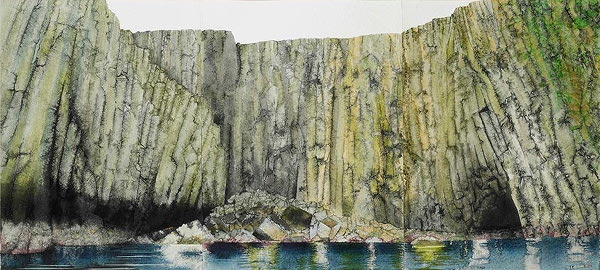
If you like geology and also a bit of art, you'll like Jill McManners watercolours at the Mall Galleries. McManners is fascinated by the wild rock formations making up some parts of the Scottish Hebrides, here the Galta islands and the Shiants; wild and primeval landscapes in the Atlantic Ocean. Her own web site is good at showing off her work.

The name "Picasso" is synonymous with Modern Art. Everyone know's his name, although perhaps few will be able to name anything he did now. My younger self was a little dismissive of some "modern" art, including Picasso I'm sad to say, but now I'm older, I see things a bit differently (and now dismiss a whole new class of modern art).
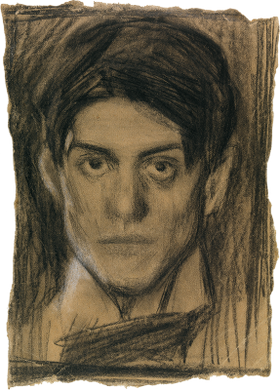
I went to the National Portrait Gallery's Picasso Portraits on Saturday morning, for the second time. Although there are still many works of his I don't like, what I see now is also one of the greatest artists we've seen. Picasso was so prolific, always trying something new and always interesting.
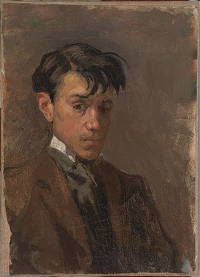
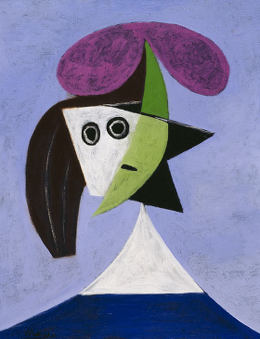
This show displays portraiture work from his very earliest days, with his father's realist (genre) style (see above), all the way to his last works, covering abstract and cubist, naive and realistic.
To the right and below: what would people have made of these last century? Both portraits, both shockingly new and different.
Below: Portrait of Daniel-Henry Kahnweiler, 1910, Oil.
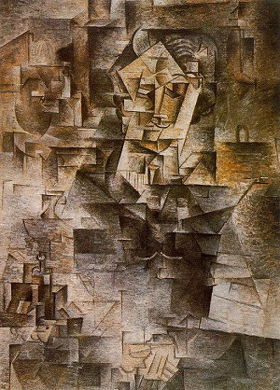
Above: Woman with hat (Olga), 1935, Oil.
A lot of these works are portraits of his wives, muses, children and friends. But a few are self-portraits, the last being poignant, as he faces his mortality. A great artist.
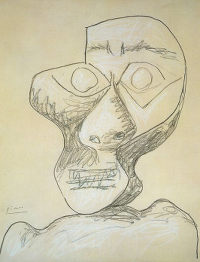
Another great, and very prolific artist, is having his place in the sun again. David Hockney at The Tate is bound to be busy. I'm looking forward to the visit.



